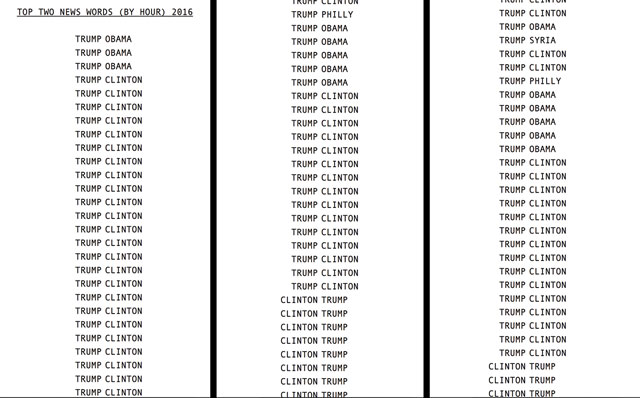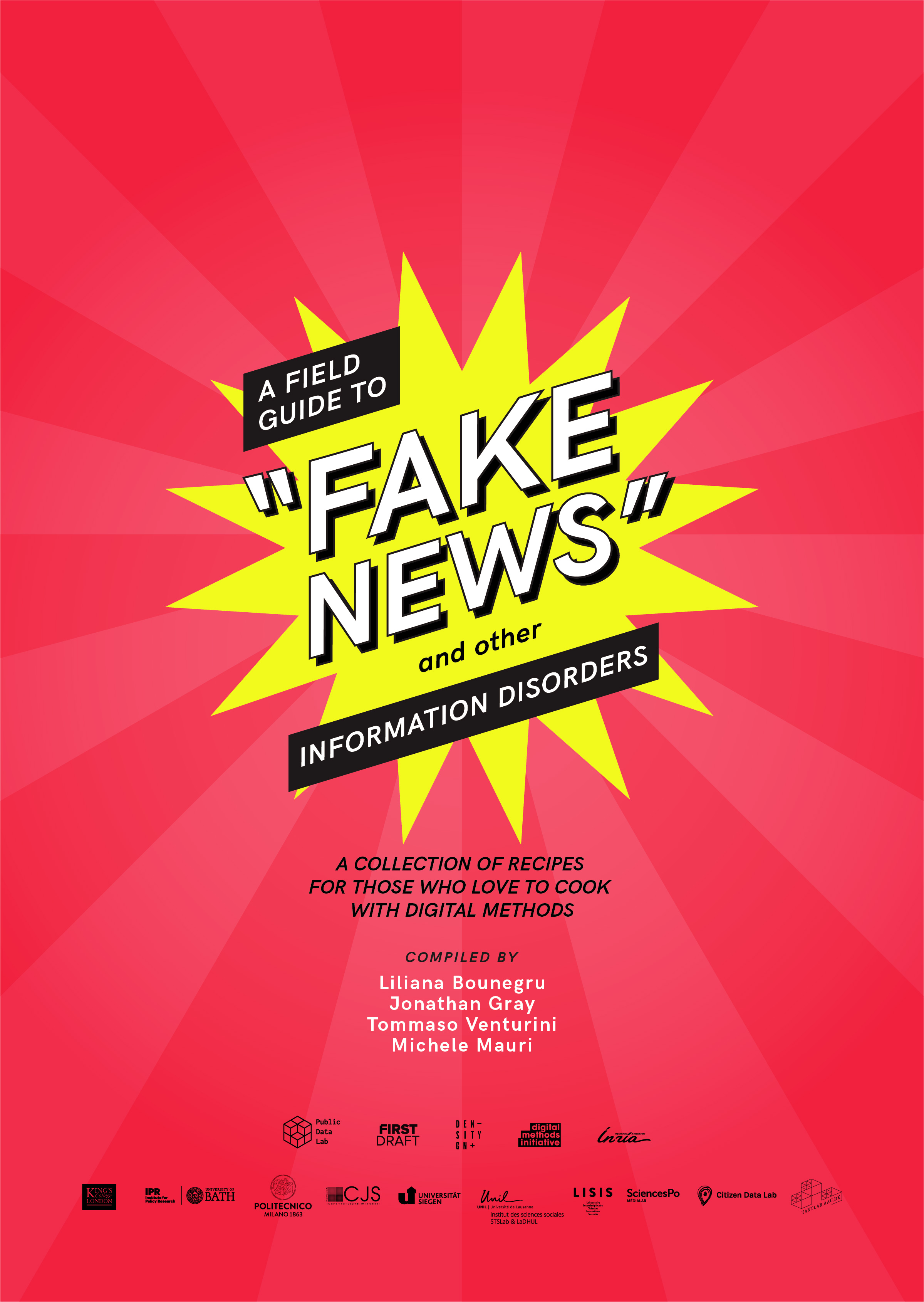Cultural Anthropology: Lessons for Liberalism from the “Illiberal East” (2018)
Filed under journal | Tags: · anthropology, central europe, conspiracy, democracy, east-central europe, eastern europe, fake news, geopolitics, illiberalism, liberalism, politics, populism

“The cumulative effects of Brexit, the resurgence of populist politics in Europe, and the election of Donald Trump as president of the United States have given rise to the perception that Western liberal democracies are undergoing profound change, if not a bona fide crisis. Moreover, there is a sense that it is the political liberalism of the post–Cold War period—rather than its far less popular companion ideology of neoliberalism—that finds itself in disarray. As scholars and commentators rummage through their intellectual toolboxes for explanatory frameworks, many are turning to (post)socialist histories and experiences as heuristic devices for making sense of the upheavals in Western politics. In this Hot Spots series, we suggest that the postsocialist transition, as both discursive space and set of practices that attempted to make capitalists out of socialists and liberals out of totalitarians, renders the former socialist world a rich site for understanding the current shifts in the Western political landscape. We aim to make sense of this landscape in a way that is attuned to both long-term processes and to the state of emergency reinforced with each new wave of current events. Even though the ground appears to be constantly shifting beneath our feet, these essays insist that detailed, historically and geopolitically sensitive analysis of actually existing post–Cold War liberalisms is one key approach for making sense of the present.”
Edited by Dace Dzenovska and Larisa Kurtović
Publisher Society for Cultural Anthropology, Apr 2018
Hot Spots series
ISSN 1548-1360
Media-N, 12(3): Uncovering News: Reporting and Forms of New Media Art (2017)
Filed under journal | Tags: · aesthetics, art, art criticism, fake news, journalism, media activism, media art, new media art, propaganda, reality, tactical media, truth

“As the highly contested term “fake news” has become omnipresent in our media sphere and as the hacking of private networks for political gain have dominated the global news cycle, Media-N’s new issue is well positioned to uncover the complex relationship between media art and the multifarious forms of news reportage. We find in this wide-ranging journal issue, new media artists, writers, and theoreticians attempting to reveal, expose, and protest the production, rhetoric, and dissemination of news. Exploiting or subverting the existing network or creating alternative technologies, codes, or platforms, new media artists has probed the hegemonic grip of tradition forms of media production. Employing the raw material of journalism or intervening in the distribution and transmission of news information, artists have effectively critiqued or reimagined the unstable and fluid spaces of the contemporary news sphere. The nature of news information and its relationship to concepts of reality, truth, aesthetics, and the public and private are all at play in this issue.” (from Introduction)
With contributions by Erica Levin, Randall Packer, Kris Paulsen, Erin McElroy, Lisa Moren, Brandon Bauer, Rick Valentin, Francesca Franco, Yasuhito Abe, Vincent Cellucci, Jesse Allison, Derick Ostrenko, and Mina Cheon.
Guest editors: Abigail Susik and Grant Taylor
Publisher New Media Caucus, 2017
Open Access
ISSN 1942-017X
A Field Guide to “Fake News” and Other Information Disorders (2018)
Filed under book | Tags: · deception, fake news, internet, journalism, media, memes, politics, social media, trolling, truth, web

“This guide explores the use of digital methods to study false viral news, political memes, trolling practices and their social life online.
It responds to an increasing demand for understanding the interplay between digital platforms, misleading information, propaganda and viral content practices, and their influence on politics and public life in democratic societies.”
Compiled by Liliana Bounegru, Jonathan Gray, Tommaso Venturini, and Michele Mauri
Publisher Public Data Lab, January 2018
Creative Commons BY 4.0 License
211 pages

